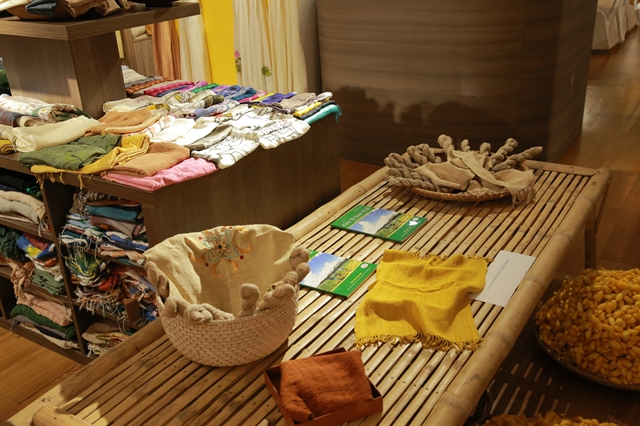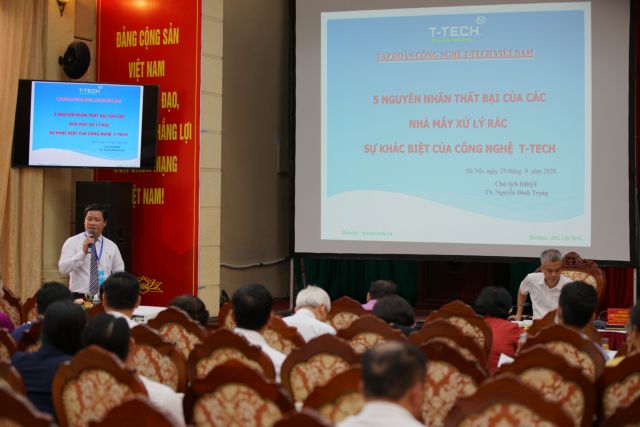 Society
Society


|
| Artisans decorate potteries at a workshop at Bát Tràng pottery village in Hà Nội's Gia Lâm District. Most businesses and households in the village have faced difficulties due to the COVID-19 which has affected the employment and incomes of nearly 10,000 workers. Photos courtesy of the Department of Agriculture and Rural Development |
HÀ NỘI — The local government is supporting traditional craft villages around Hà Nội to overcome difficulties caused by the COVID-19 pandemic.
These measures are aimed at improving business practices in traditional villages.
Head of the Hà Nội Department of Agriculture and Rural Development’s Rural Development Division, Nguyễn Văn Chí, said Hà Nội has 1,350 craft villages producing diverse, sophisticated and high-quality products. Some of these products have gained firm footholds in the market.
Craft villages employ around one million labourers in rural areas with an average income of VNĐ5-6 million per month per person, according to Chí.
However, on top of COVID-19, these villages are facing numerous other issues like environmental pollution, limited production areas and outdated equipment and technology, which leads to small production scales and ineffective production methods. They also face difficulties in obtaining access to preferential loans.
Nguyễn Tuấn Anh, a resident in Dị Nậu Commune, Thạch Thất District, said: “Limited production areas discouraged my family from investing in modern machines and technology. We also do not have storage for materials and products”.
Over the past two years, due to COVID-19, there have been times when production in craft villages has come to a standstill. More prolonged effects are also felt, such as disruption in material supply and product consumption.
Đinh Văn Soi, owner of Soi Hà Production Establishment in Chuyên Mỹ Commune, Phú Xuyên District, said: “Our mother-of-pearl mosaic products were chiefly exported to other countries, but since 2020 we could not export our products due to interrupted transportation and labour cuts. Our revenue dropped by around 30 per cent.”

|
| A showcase of handicraft products made from lotus silk in Phùng Xá Commune, Mỹ Đức District. Lotus silk is one of the products that has gained support from Hà Nội's authorities. |
In order to help craft villages improve their production and business practices, local authorities have employed many measures. In Chuyên Mỹ Commune, the local People’s Committee has helped find temporary jobs for workers in other fields such as services or agricultural production, to provide an income.
Đinh Văn Soi, the owner of Soi Hà Production Establishment, said: “We focus on design and product promotion to gradually increase the development of mother-of-pearl mosaics in craft villages.”
Authorities of Thạch Thất District have invested in infrastructure to improve conditions for business activities and to speed up the creation of industrial clusters, allowing traditional craft villages to isolate production areas.
Practical support has also been offered to craft villages.
Director of the municipal Department of Agriculture and Rural Development, Chu Phú Mỹ, said the department has helped traditional craft villages to build trademarks, register their intellectual rights and has supported the development of some production models, including the production of silk products from lotus fibre in Phùng Xá Commune of Mỹ Đức District.
Hà Nội’s Department of Science and Technology has helped wood production villages in Thạch Thất District to tackle dust, waste and emissions.

|
| Hà Nội organises a conference to seek measures to handle household wastewater and waste from traditional craft villages. |
The municipal Department of Industry and Trade is prepared to support 14 establishments in applying modern machinery and equipment to production.
The State Bank of Vietnam’s Hà Nội branch has also directed credit institutions to study and implement measures to support their customers in craft villages.
Together with support from the State and efforts of artisans, traditional craft villages of Hà Nội are expected to overcome the current difficulties to maintain production, while continue observing COVID-19 prevention and control regulations. — VNS




